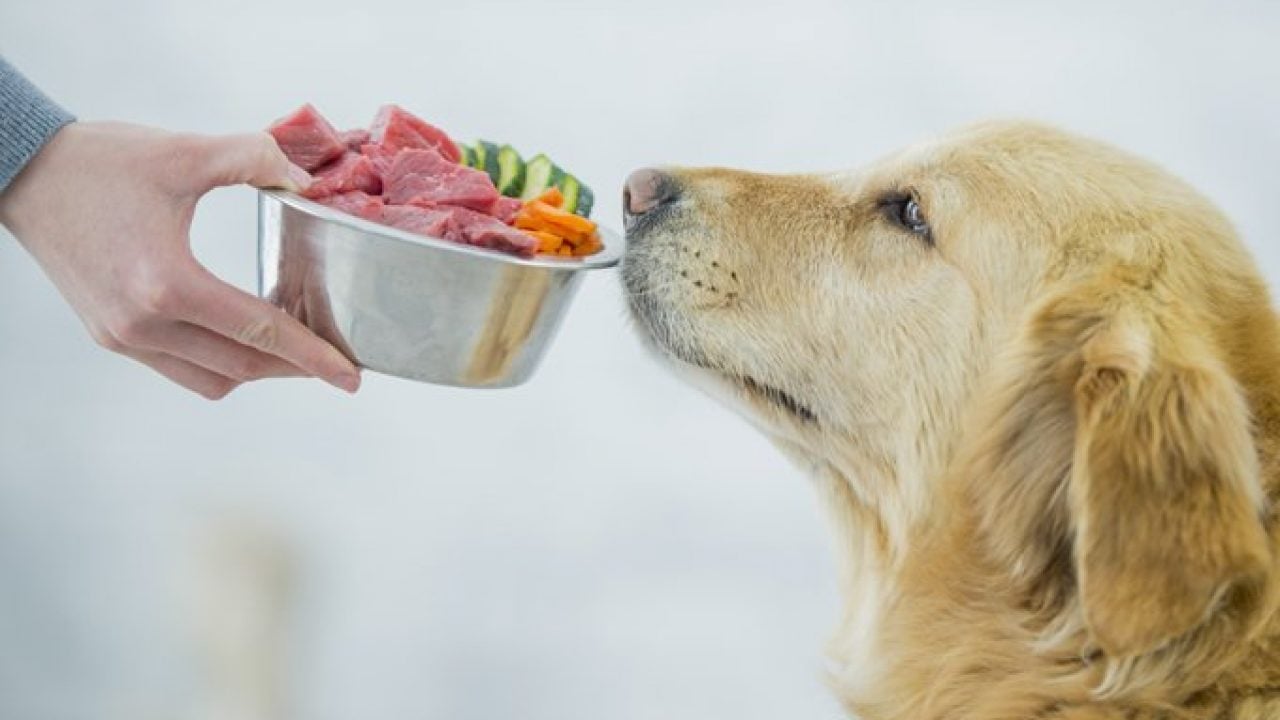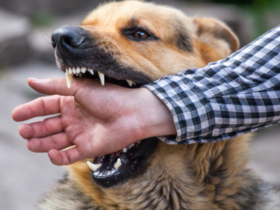There are numerous benefits of transitioning your furry friend to a raw diet. With the increasing awareness of pet health and nutrition, more and more pet owners are turning to this diet to provide their dogs with the essential nutrients they need. Switching to this diet can significantly impact your dog’s overall well-being, from improved digestion to better coat health. Read on to discover why switching to a raw diet for dogs may be the best decision for your furry companion.
What is a raw diet?
A raw diet is a feeding method involving giving dogs raw meat, bones, organs, and other uncooked animal products. This is based on the idea that a dog’s natural diet in the wild would consist of eating whole prey animals. The aim is to mimic this raw diet by providing dogs with a balanced and complete source of nutrients. This can lead to improved health and well-being in dogs compared to a diet consisting of commercially processed foods.
Benefits
Better oral health: Chewing on bones can help remove plaque and tartar from teeth.
Healthier skin and coat: this food system can improve the condition of your dog’s skin and fur.
Reduced allergy symptoms: Some canines develop allergies to the fillers and preservatives in commercial dog food. A raw diet for dogs can reduce or eliminate these symptoms.
Better weight management: these are often lower in carbohydrates and higher in protein, which can help with weight management.
Better nutrient absorption: these contain all the essential nutrients that dogs need and are easily absorbed by their bodies.
Reduced risk of chronic diseases: this can help reduce the risk of certain chronic diseases in dogs, such as obesity and arthritis.
How to Transition Your Dog to new food
Consult with a vet: Before making any changes, it’s essential to consult with a veterinarian to ensure that it’s safe for your pet.
Start slow: Gradually introduce over several weeks to enhance better digestion.
Store properly: it should be stored in the refrigerator or freezer.
Transition dry food slowly: If your dog is currently eating dry food, gradually decrease the amount while increasing the amount of raw-type food in their diet.
Educate yourself: Read up on the basics of feeding and the nutrient requirements of dogs to ensure you are providing a balanced diet.
Get support: Join online forums or find local raw feeding groups to get advice and support from experienced feeders.
Different Types of Raw Style Diets
BARF (Bones and Raw Food) Diet: This consists of raw meat, bones, organs, fruits, and vegetables. It’s meant to mimic a dog’s natural diet in the wild.
Prey Model Diet: This diet consists of feeding your dog whole prey animals, such as chickens or rabbits, as well as bones, organs, and muscle meat.
Commercial type: This type is commercially produced and available in pre-packaged form. These diets are often balanced and complete, but it’s important to carefully review the ingredients to ensure they meet your dog’s nutritional needs.
Homemade type: This type involves making your food at home using meat, bones, organs, fruits, and vegetables.
Frozen Raw Diet: This involves feeding your dog commercially-produced frozen food that can be thawed before providing.
It’s important to understand dogs’ nutritional requirements and ensure that any food style you choose provides all the necessary nutrients for your pet’s health. It may be helpful to consult with a veterinarian or animal nutritionist to ensure that your dog’s food is balanced and meets its nutritional needs.










